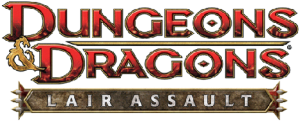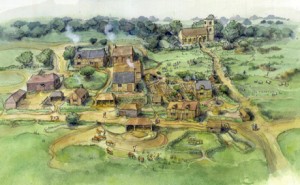On Friday we comb through our extensive archives to find an older article that we feel deserves another look. From July 19, 2011, Dungeon’s Master once again presents: 5 Reasons to Say No.
I believe that players should play the characters they want to play. I’m a total 4e, say yes convert. It took me awhile to come around but when I’m the DM I encourage creativity and I say yes… a lot. However, I’ve realized that as much as I want to always say yes, there are times when I probably should not. In a few of these cases it’s actually caused me more grief in the long run.
Players make choices during character creation and between levels during character improvement. Normally I’m very hands off as a DM and let the players do whatever they want as long as it’s legal. But it’s this absolute freedom of choice that often ends up causing the most problems. If I’d only stepped in earlier and said no, a lot of the problems I’ve experienced wouldn’t have been problems at all.
It’s taken me a while but I’ve learned the hard way that just because a choice is legal in character builder doesn’t mean that the DM has to automatically say yes to every choice that the players make. In fact the more I’ve thought about it the more I’ve realized that sometimes the DM should step in and say no; especially during character creation. Here are five examples.


